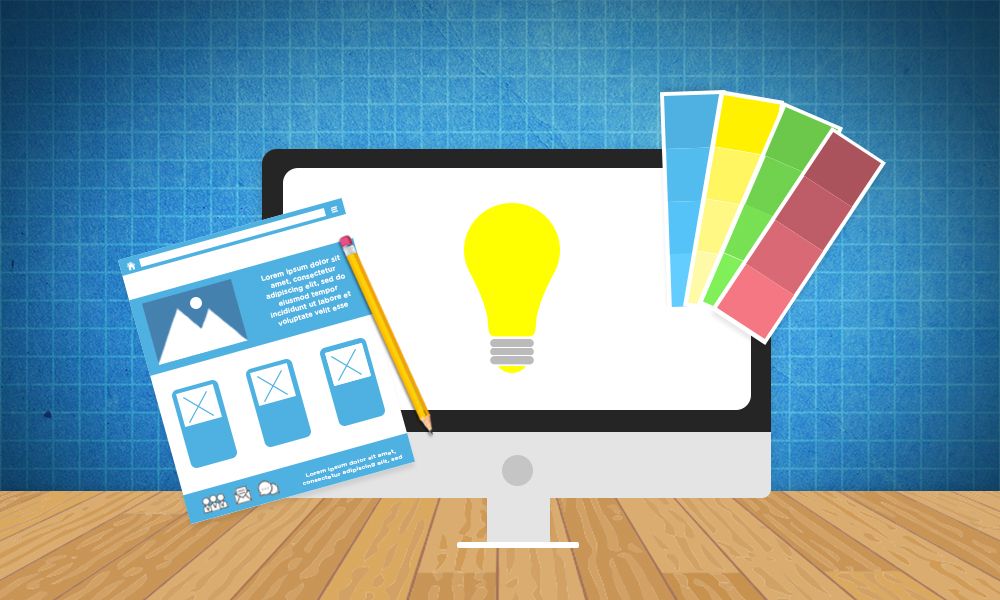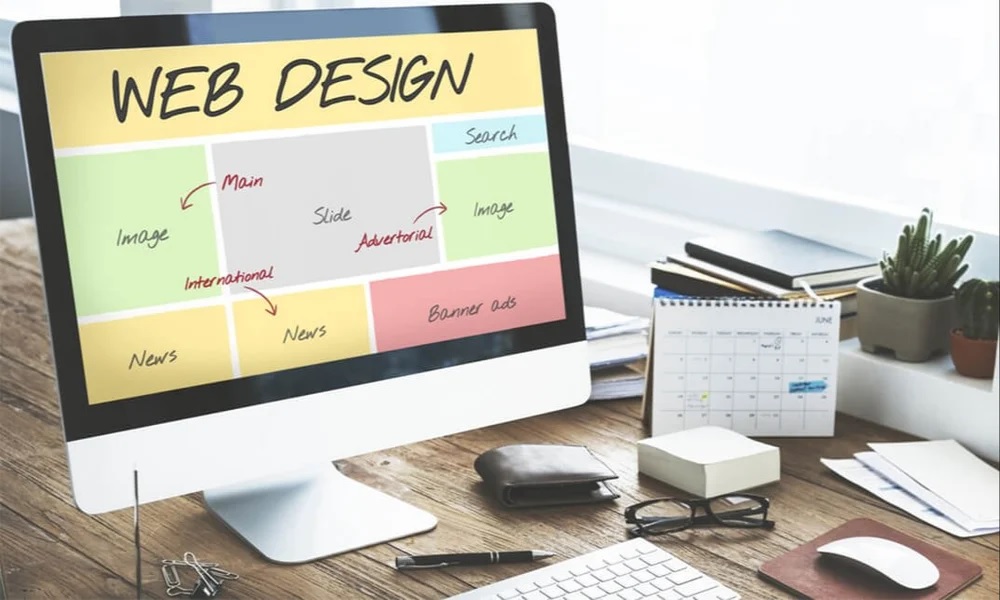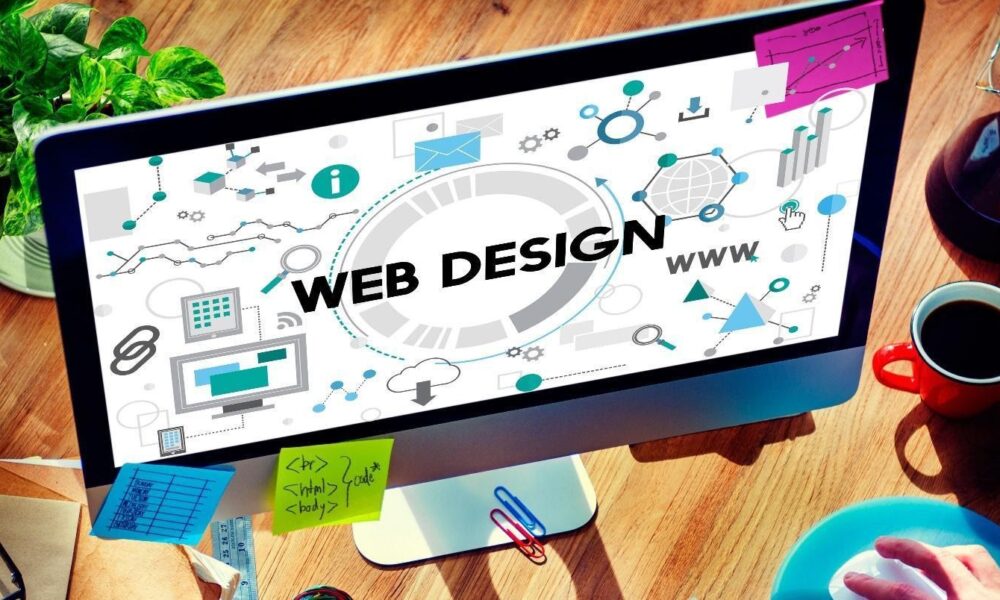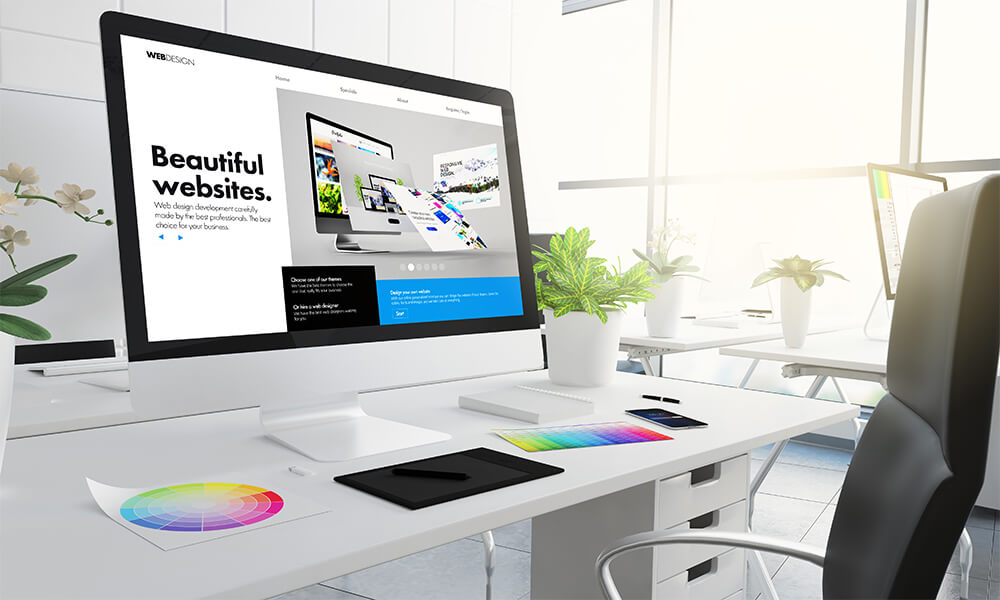When it comes to user experience, motion design plays a crucial role in enhancing the overall interface and creating an intuitive and engaging user experience. Motion design elements such as animations, transitions, and visual feedback can help guide users through the interface and provide a more immersive and interactive experience.
What is Motion Design?
Motion design is the art of using animation, graphics, and video to create a visual and interactive experience. It is used to convey information, emotions, and ideas through movement and interaction. Motion design elements are commonly used in user interfaces, advertising, branding, and video content.
The Benefits of Motion Design in User Interfaces

When used effectively, motion design can provide several benefits to user interfaces, including:
- Improving Navigation: Motion design can help guide users through the interface and make it easier to navigate. Animations and transitions can provide visual cues that help users understand the structure of the interface and how to interact with it.
- Enhancing User Engagement: Motion design can make the interface more engaging and interactive. Animations can add a sense of playfulness and surprise, while micro-interactions can provide feedback and create a more responsive experience.
- Communicating Information: Motion design can be used to convey information in a more engaging and memorable way. Animated infographics, for example, can make data more interesting and easier to understand.
- Creating a Consistent Brand Identity: Motion design elements can help create a consistent brand identity across different platforms and mediums. Animations and transitions can be used to reinforce branding elements such as colors, typography, and logos.
Best Practices for Using Motion Design in User Interfaces
While motion design can provide many benefits to user interfaces, it is important to use it effectively and appropriately. Here are some best practices to keep in mind:
- Keep it Simple: Avoid using too many animations or transitions, as this can be distracting and overwhelming for users. Stick to simple and subtle animations that enhance the user experience without being too flashy.
- Use it Purposefully: Motion design should always serve a purpose and be used to enhance the user experience, not just for the sake of adding visual interest.
- Test and Iterate: Always test your motion design elements with users to ensure they are effective and well-received. Use feedback to iterate and improve upon your designs.
- Consider Accessibility: Keep in mind that some users may have visual impairments or other disabilities that make it difficult to interact with motion design elements. Make sure your designs are accessible and provide alternative options for users who may need them.
Motion design is an essential element in enhancing user interfaces and creating engaging and intuitive user experiences. When used effectively and appropriately, motion design can provide many benefits to users, including improved navigation, enhanced user engagement, and better communication of information. By following best practices and testing your designs with users, you can create motion design elements that enhance the user experience and provide a memorable and effective interface.




